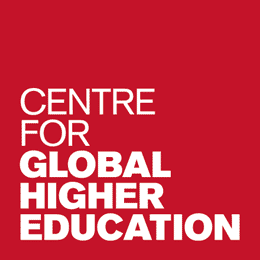Liberal arts education is usually regarded as a legacy from the Greek and Roman classics, adapted in American universities, with little awareness of its deep roots in Confucian heritage education. In this paper, we begin with an introduction to the liberal arts in Chinese Christian universities of the late 19th and early 20th centuries where Chinese classical scholars cooperated with North American missionaries in creating campuses characterised by a rich flow of ideas and architectural patterns rooted in China’s traditions. Although these Christian universities were closed more than seventy years ago, their influence and legacy are still having an impact on higher education in China and beyond. Some institutions carried on their legacy and have developed into universities with strong liberal arts traditions. Following this thread, the paper presents three current models of liberal arts education in universities in Greater China (Taiwan, Hong Kong and Mainland China), showing how each has built on this inheritance in a distinctive Chinese context. In the final section of the paper, we discuss the possibility of reimagining Confucian humanism through the lens of the Sustainable Development Goals (SDGs). This in turn serves to rephrase the Confucian canon in a universal language and explore its contribution to whole person development for current and future social challenges, which is the core value of liberal arts education in Chinese contexts.
Working Paper 94
Liberal Arts Education in the Universities of Greater China: Historical Legacy, Current Models, and Future Prospects
Published July 2023

